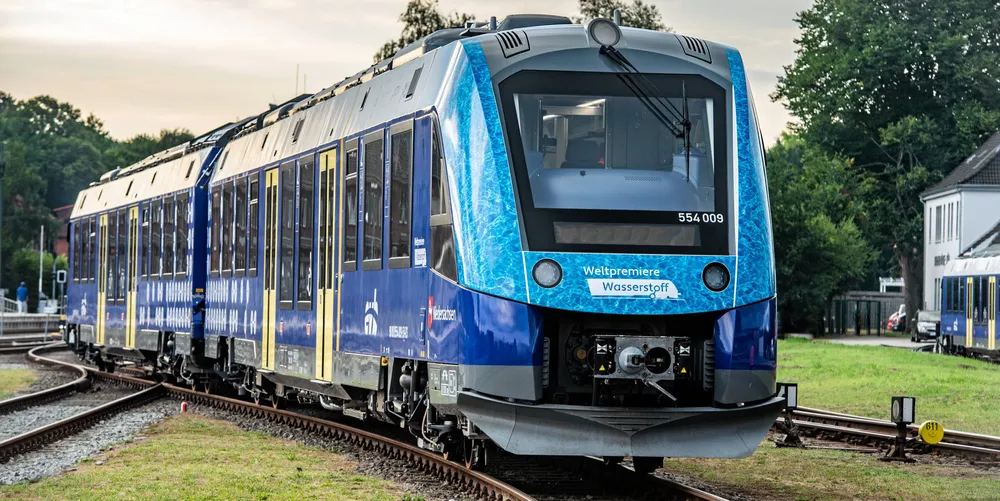Green light for world's first all-hydrogen railway — but how green will it really be?
German railway’s pioneering ‘zero emissions’ railway will initially use 'waste hydrogen' from local caustic-soda production, but Linde tells Recharge that it plans to produce renewable H2 for the line within three years
